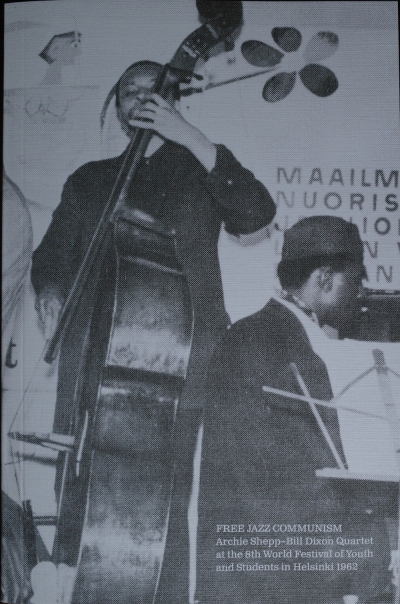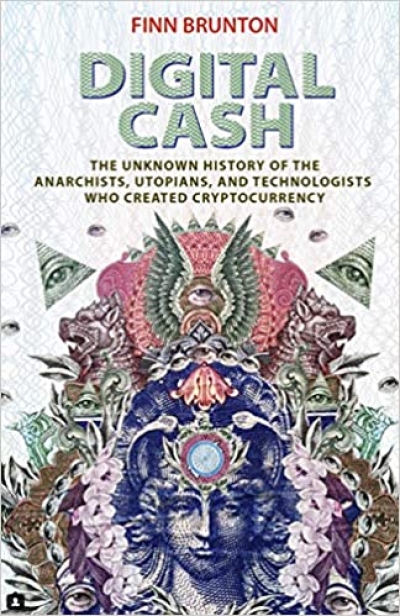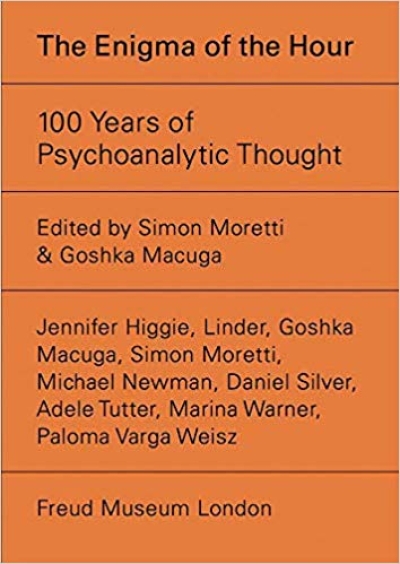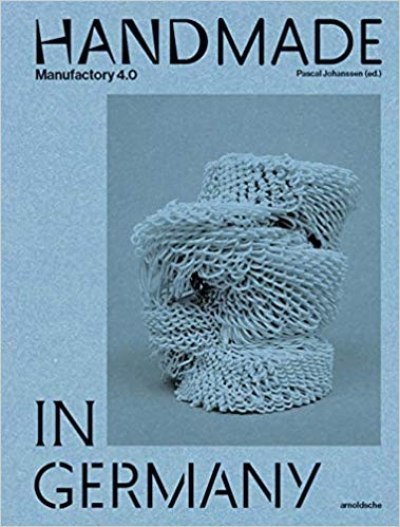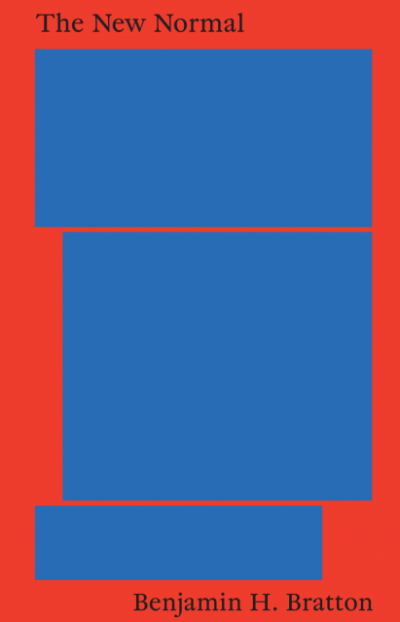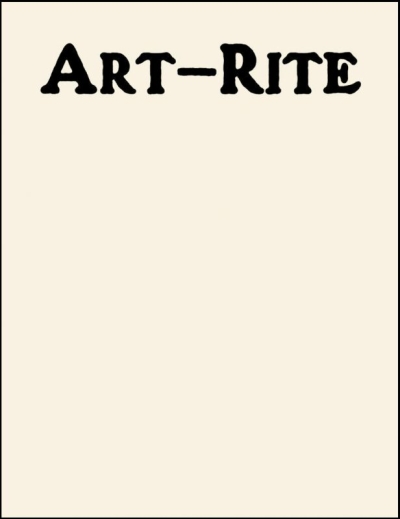
Selected Maria Lind Writing
Selections and responses by Beatrice von Bismarck, Ana Paula Cohen, Liam Gillick, Brian Kuan Wood, and Tirdad Zolghadr
Working in a number of contexts and capacities has shown Maria Lind to be a curator who, over time, has engaged in a rethinking of the art institution and the formats and methodologies connected with it, taking art itself as a starting point. Following on the various endgames outlined by institutional critique, Lind has forged paths out of hegemonic institutional regimes precisely by identifying other ways of working through them, from both inside and outside.
For Lind, writing is integral to her curatorial work. It is where she accounts for her decisions, explains her intention, justifies her interest, toys with new possibilities and develops new ideas, and recognizes historical precedents. It is where the craft of curating, already pointed out towards a public, finds another channel of articulation.
Selected Maria Lind Writing brings together twenty-two essays selected by Beatrice von Bismarck, Ana Paula Cohen, Liam Gillick, Brian Kuan Wood, and Tirdad Zolghadr.
The collection of essays spanning from 1997 to 2010 forms a tapestry of Lind's own interweaving interests, but also of those of a panel of readers invited by Lind to project their own concerns onto her corpus of writing. Essays on individual artists, monographic and group exhibitions, funding structures, new contexts and spatial paradigms, together comprise a rare opportunity to swivel a spotlight on its axis back towards a figure who always tries to aim it at what really matters.
Maria Lind is a curator and writer based in Stockholm. She was the director of the graduate program at the Center for Curatorial Studies, Bard College, 2008 to 2010. She was director of Iaspis in Stockholm 2005 to 2007 and from 2002 to 2004 was the director of Kunstverein München. From 1997 to 2001, Lind was curator at Moderna Museet in Stockholm, where she was responsible for Moderna Museet Projekt. She was co-curator of Manifesta 2 in 1998. Lind has contributed widely to magazines and other publications, as well as to numerous exhibition catalogues. She was the 2009 recipient of the Walter Hopps Award for Curatorial Achievement.
Design by Liam Gillick




